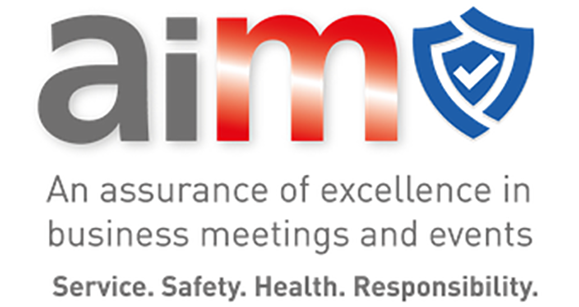Jul 4 2024
Goodbye goodie bags: embracing sustainable alternatives
Goodie bags have been a staple at conferences for a long time, used by event organisers to try and keep their organisational brand in the delegate’s mind for as long as possible. (Do you have a branded squeezy toy in your drawer, or mug in your cupboard? I thought so!) We all like a goodie bag. Or do we?
What is the problem with traditional goodie bags?
There are two main problems with these. Firstly, a significant portion end up abandoned at the conference venue, or stowed away in delegate accommodation. Either people don’t want them, or they don’t have space in their luggage, so these go in the bin, often untouched.
Which brings us to the second problem. The reality is that many items that feature within these bags are single use or made from non-recyclable materials. If your organisation cares about sustainability, this is not a good look. Most delegates now are increasingly conscious of reducing waste, especially of the single-use type. So whereas a full goodie bag used to be perceived as an added bonus from a brand, it is now debatable how effective this is.
We work with many event organisers who are looking for ways to enhance the delegate experience whilst also being mindful of the environmental impact of their event. And, rightly so, the traditional conference goodie bag is often one of the first things to come under scrutiny. For something that can become quite costly, the content is being appreciated less, and not achieving its purpose. So we have been exploring more sustainable delegate giveaways!
Digital giveaways
 Digital goodie bags provide a forward-thinking solution that work for both in-person and virtual attendees. You can pack them with purposeful and useful gifts such as discount vouchers, exclusive online content, competitions, white papers... There is potential to provide personalised giveaways, and you can track engagement with the ‘goodies’. Your event sponsors could also contribute content, which can also be an added incentive. Overall, it’s a great option to improve delegate experience without the loss of the conference giveaway.
Digital goodie bags provide a forward-thinking solution that work for both in-person and virtual attendees. You can pack them with purposeful and useful gifts such as discount vouchers, exclusive online content, competitions, white papers... There is potential to provide personalised giveaways, and you can track engagement with the ‘goodies’. Your event sponsors could also contribute content, which can also be an added incentive. Overall, it’s a great option to improve delegate experience without the loss of the conference giveaway.
One company that creates the digital goodie bags is Swagable. They were the organiser’s choice of goodie bag for International Confex 2024. For more ideas, read their blog: '5 virtual swag ideas that will leave an impression'.
Charitable donations
Charitable donations are the perfect way to channel the resources typically used to supply physical goodie bags, into supporting causes that reflect the values of the conference or event. This is an innovative way in which to really capture delegate’s attention, and for many the added value will far outweigh that of the tangible goodie bag. You could commit to donating X amount per delegate sign up, and tell them this on registration. Then, at the event itself, promote the total amount raised for charity, and explain why this cause is important to your event. Make the delegate feel good for just being there, and get to talk about your company’s values!
Alternatively, or in addition to this, you could run a collection for a local food bank, and ask delegates to contribute a long-life item. This option works for delegates who don’t have to travel far, who would also appreciate the local benefit of this donation.
If you are having goodie bags, be as eco-responsible as possible
If you have to present delegates with a goodie bag, make sure you look at every single item in the bag and make sure it is something that has a good chance of being re-used.
 Things to bear in mind:
Things to bear in mind:
- Make sure everything is of good quality so that it can be used for a long time.
- It should be attractive and not overly branded, making it more likely to be reused
- Think about the material of each piece: beware of greenwashing! For example, some supposedly eco products are not actually recyclable without access to specialist recycling services
- Avoid anything with plastic wrapping
Examples:
- Tote bags - Recycled cotton would be the best, as cotton is a water-intensive crop. Go for a decent size so it can be reused for shopping.
- Note books – make sure these are made from recycled paper and do not have plastic covers.
- Novelty gifts – combine quirky with useful. Print your agenda on seed paper (flyers, book marks)
- Don’t include pens in your goodie bag. Just have some on hand, in case people have forgotten theirs and have no means to write. And ideally ask for them back!
Remember to…
- Make whichever position you take on scrutinising or replacing your goodie bags clear to your conference sponsors, and make sure they are on board. Work together on how the sponsor might get the best out of the new format.
- Include a question about your goodie bag (alternative) in your feedback questionnaire to delegates, to see what they thought of your choice. The more feedback you get, the more informed you will be to make the best use of your time and money at your next event.
- Shout about it! If your paperless, goodie-bag-free ethos was applauded by delegates, promote this, and encourage other event organisers to take the same leap.
We hope we have given you some ideas about how to move away from the traditional goodie bag. As much as some of us loved them.
Good luck everyone!


